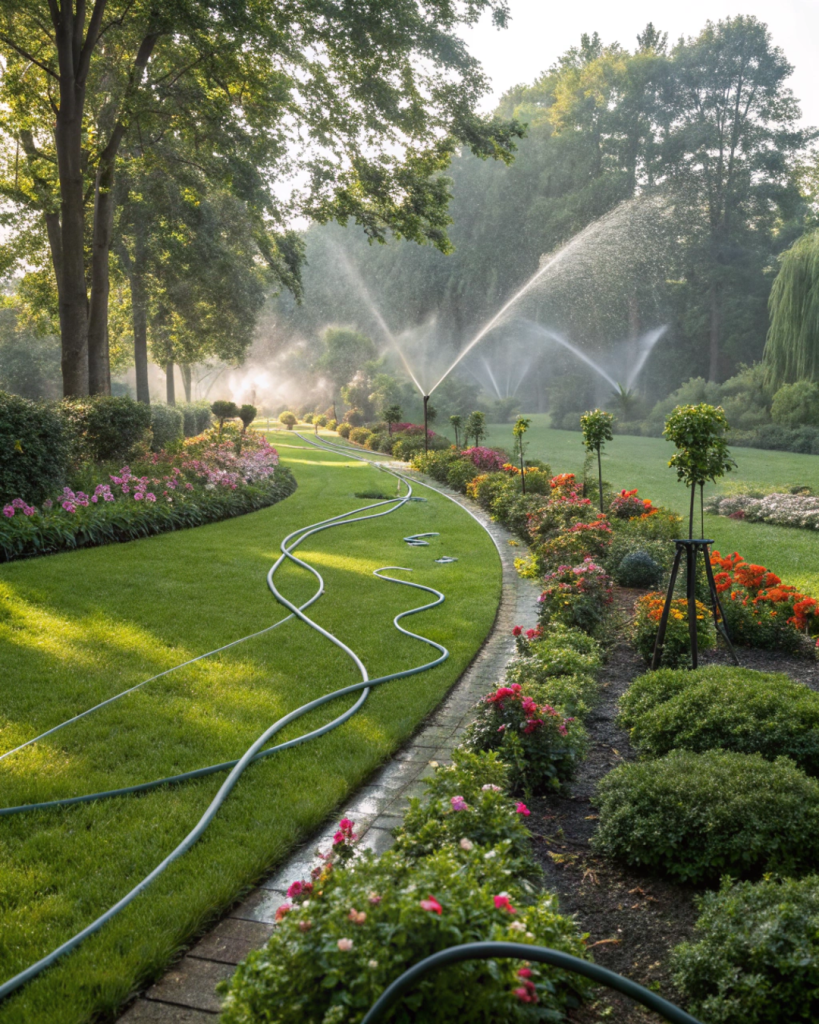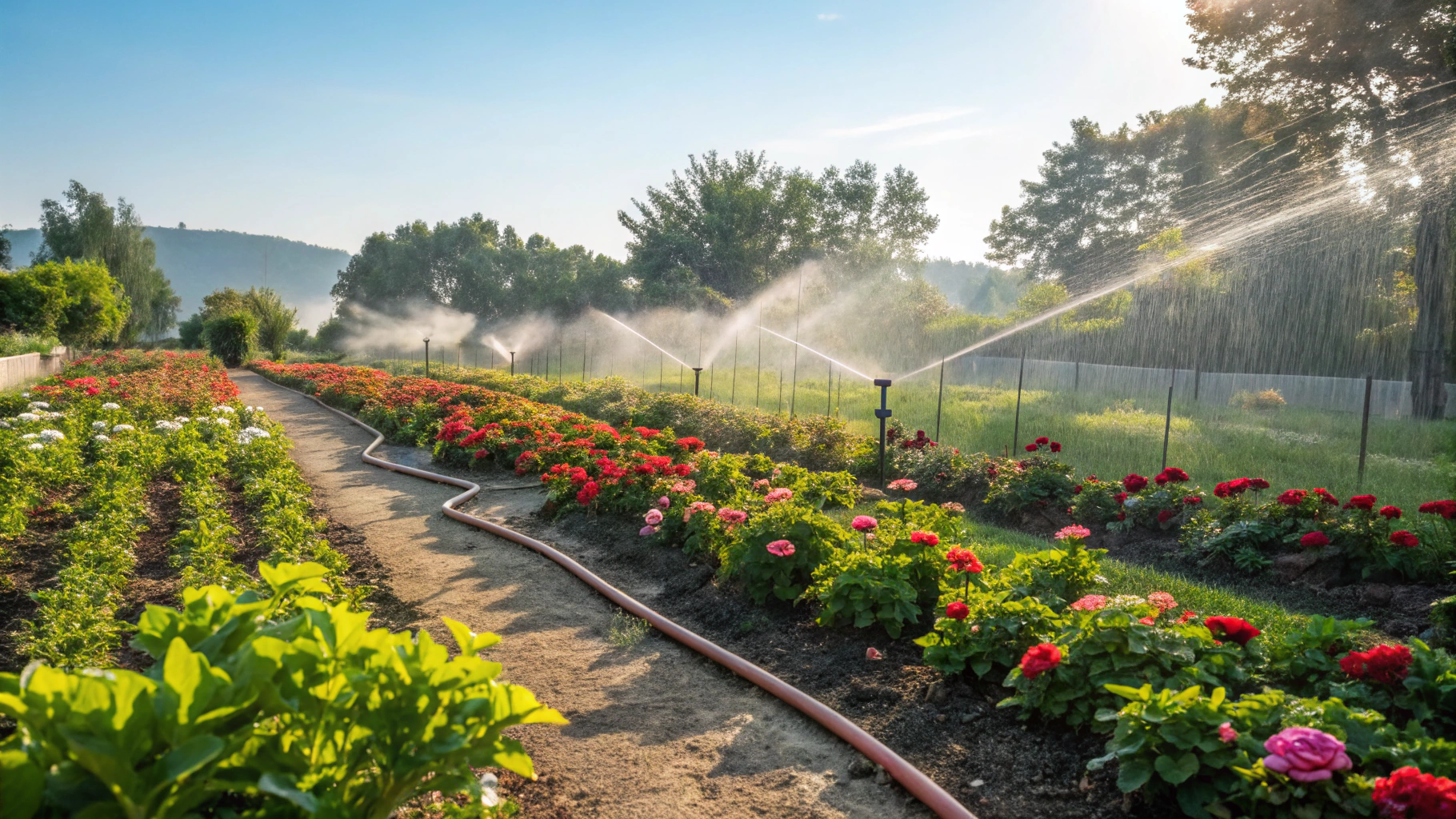Gardening is a rewarding hobby that brings beauty and tranquility to your outdoor space. One of the key elements to a thriving garden is proper irrigation.
Understanding the various irrigation methods and how to implement them can make a significant difference in the health and growth of your plants. In this guide, we'll explore the essentials of garden irrigation and help you choose the best system for your needs.
Understanding Your Garden's Water Needs
Before diving into irrigation methods, it's crucial to assess your garden's specific water requirements. Consider the following factors:
- Plant Types: Different plants have varying water needs. Group plants with similar requirements together to make watering more efficient.
- Climate: Your local climate plays a significant role in determining how much water your garden needs. Hot, dry climates require more frequent watering compared to cooler, wetter regions.
- Soil Composition: Soil type affects water retention. Sandy soils drain quickly and need more frequent watering, while clay soils retain water longer but can become waterlogged.
Popular Irrigation Methods

- Drip Irrigation Drip irrigation systems deliver water directly to the plant roots through a network of tubes and emitters. This method conserves water by minimizing evaporation and runoff. It's ideal for vegetable gardens and flower beds. Explore it on Amazon
- Soaker Hoses Soaker hoses are porous hoses that release water slowly along their length. They are easy to install and perfect for watering rows of plants or garden beds. Like drip irrigation, they reduce water waste and keep foliage dry. Check it out on Amazon
- Sprinkler Systems Sprinkler systems are versatile and can cover large areas. They are suitable for lawns and garden beds but can be less efficient due to water loss from evaporation and wind. Consider using sprinklers with adjustable heads to target specific areas.
- Hand Watering For small gardens or container plants, hand watering with a hose or watering can is a practical option. This method allows you to control the amount of water each plant receives and provides an opportunity to inspect your plants closely.
- Self-Watering Containers These containers have a built-in reservoir that supplies water to the plants as needed. They are perfect for busy gardeners or those with limited space. Self-watering containers ensure consistent moisture levels and reduce the risk of overwatering. One of the best on Amazon
Tips for Efficient Watering
- Water Early or Late: Watering in the early morning or late evening reduces evaporation and allows plants to absorb moisture more effectively.
- Mulch: Applying a layer of mulch around plants helps retain soil moisture and reduces the need for frequent watering.
- Monitor Weather: Adjust your watering schedule based on weather conditions. Skip watering on rainy days and increase it during heatwaves.
- Check Soil Moisture: Use a soil moisture meter or simply check the soil with your finger to determine if your plants need water.
By understanding your garden's unique needs and choosing the right irrigation method, you can create a lush, thriving garden that requires less effort and conserves water.
Happy gardening!
